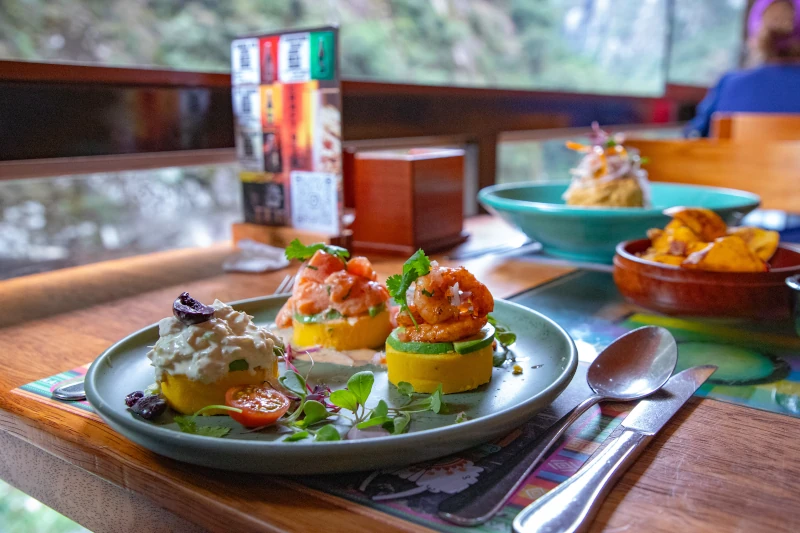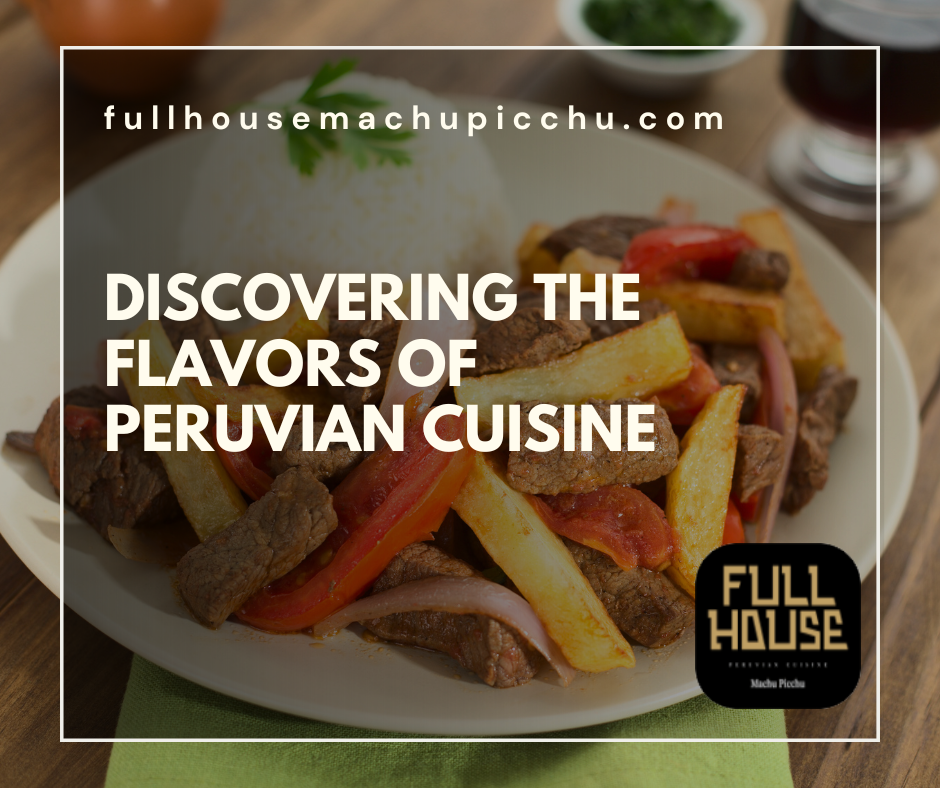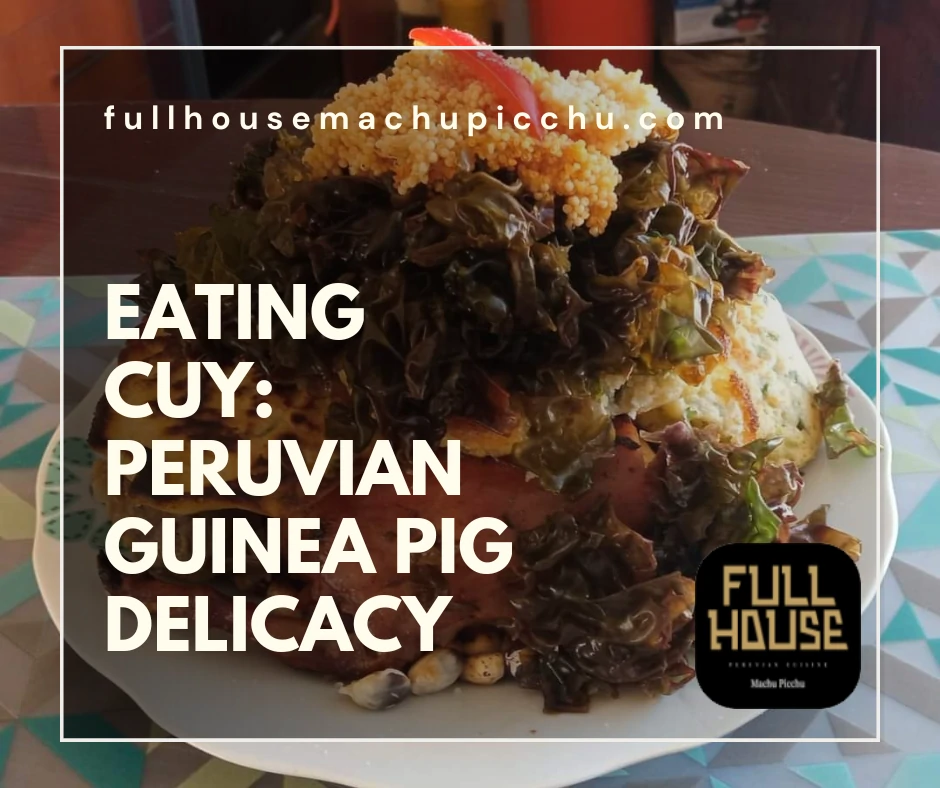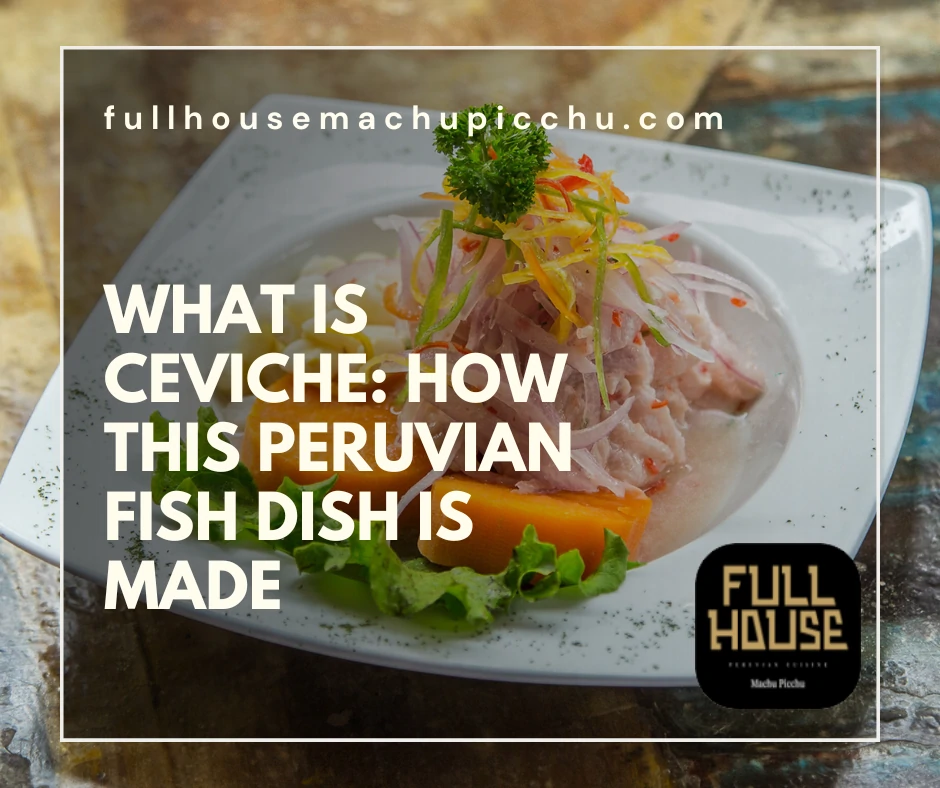Peru, a country rich in history and culture, boasts a culinary heritage that has captivated the palates of many. The flavors of Peruvian cuisine are as diverse and vibrant as its landscapes, offering a gastronomic adventure for those willing to explore. From the coastal ceviche to the highland potatoes, Peruvian food is a reflection of its geography and history.

A Culinary Journey Through Peru
Exploring Peru’s food is like traveling through its different landscapes—from dry deserts to green rainforests and tall mountains. Each region offers unique ingredients and cooking techniques that define its local cuisine. This variety shows both Peru’s natural wealth and the cultural influences that shaped its food.
The Coastal Delights: A Bounty from the Sea
The coastal region of Peru is a seafood lover’s paradise.The nearby Pacific Ocean gives lots of fresh fish and shellfish, which are key to many traditional dishes. Fishermen catch the seafood the same day it’s served, so it’s very fresh. This freshness is a cornerstone of coastal cuisine, where simplicity allows the natural flavors of the sea to shine.
Additionally, citrus and chili peppers give the coastal cuisine its vibrant character. These ingredients make seafood taste better and add a fresh, tangy flavor that suits the warm weather. Dishes often come with local foods like corn and sweet potatoes, giving a tasty and healthy mix of flavors and textures.
Ceviche: The Star of the Coast
Ceviche stands as the epitome of coastal Peruvian cuisine. This dish, featuring raw fish marinated in citrus juices, typically lime or lemon, is a refreshing and zesty delight. The acid in the citrus “cooks” the fish, imparting a firm texture and vibrant flavor. People often serve it with sliced onions, chili peppers, and sides such as sweet potato or corn.
For those eager to recreate this classic dish at home, here is a basic ceviche recipes:
- Ingredients: Fresh white fish (such as sea bass), cut into cubes. Freshly squeezed lime juice. Red onions, thinly sliced. Aji limo or other chili peppers, finely chopped. Salt and pepper to taste. Cilantro, chopped. Sweet potato and corn, boiled and sliced.
- Instructions: Place the fish in a bowl and cover with lime juice. Let it marinate for about 10 minutes. Add onions, chili peppers, salt, and pepper. Toss gently. Garnish with cilantro and serve with sweet potato and corn.
The simplicity of ceviche highlights the quality of its ingredients, making it a dish where freshness truly matters. When you make ceviche, use the freshest fish because the dish depends on the natural flavor and texture of the seafood. Lime juice adds flavor and helps keep the dish fresh and safe to eat.
The Highland Harvest: An Abundance of Staples
As you move from the coast to the Andes, the cuisine shifts dramatically. People know the highlands for their filling dishes made with potatoes, corn, and quinoa—foods that have fed the Andean people for hundreds of years. These ingredients thrive in the high-altitude environment, where the climate is harsh but the soil is rich in nutrients.
Highland cuisine offers comforting and filling dishes. Compared to the coastal region, cooks use spices and herbs more subtly, allowing the natural flavors of the ingredients to take center stage. Meals in the Andes are often a communal affair, with families gathering to share large platters of food, emphasizing the importance of community and tradition.

Potatoes: A Gift from the Andes
Potatoes, native to the Andean region, are a versatile ingredient in Peruvian cuisine. With over 4,000 varieties grown in Peru, each type offers distinct flavors and textures. Peru has many types of potatoes that come in colors like purple and yellow, with flavors that can be sweet, nutty, or earthy.
Papa a la Huancaína is a beloved dish from the highlands. Peru has many kinds of potatoes in colors like purple and yellow, with tastes that can be sweet, nutty, or earthy. People typically serve this dish cold as an appetizer, often accompanying it with black olives and boiled eggs. The sauce is rich and a little spicy, and it goes well with the mild potatoes, making a perfect balance.satisfying and indulgent.
People cannot overstate the importance of potatoes in Peruvian culture.They are more than just food—they show how the Andean people have survived and adapted through centuries of change. Festivals celebrate potatoes, and people consider them an integral part of Peruvian identity, representing the deep connection between the land and its people.
The Amazonian Abundance: A World of Unique Flavors
Venturing into the Amazonian region, you’ll find a cuisine rich in unique fruits, fish, and spices. The Amazonian food reflects the lush environment, with dishes that are both flavorful and nourishing. The cuisine reflects the region’s rich biodiversity by using Amazon-only ingredients found nowhere else on Earth.
Amazonian cuisine is a feast for the senses, with vibrant colors, bold flavors, and aromatic spices that tantalize the palate. Tropical fruits and native herbs give traditional dishes a special flavor that feels both familiar and unique. The cuisine draws deeply from the natural environment, focusing on sustainability and respect for the land.
Juane: A Taste of the Jungle
People make Juane, a traditional Amazonian dish, from rice, chicken, olives, and spices, then wrap it in banana leaves and boil it. This dish is particularly popular during the festival of San Juan, a celebration that highlights the cultural and culinary traditions of the Amazon. The wrapping of the ingredients in banana leaves not only imparts a subtle earthy flavor but also serves as a natural cooking vessel, preserving the moisture and flavor of the dish.
Preparing Juane is a labor of love, as it requires time and patience to ensure that you perfectly cook and season each element. The rice absorbs the flavors of the spices and chicken, resulting in a dish that is rich and aromatic. Juane is a testament to the resourcefulness of the Amazonian people, who have adapted their culinary practices to the environment, creating dishes that are as nourishing as they are delicious.
Fusion and Innovation: A Melting Pot of Flavors
Peruvian cuisine is not just about traditional dishes; it also embraces fusion and innovation. Influences from Spanish, African, Chinese, and Japanese immigrants have melded with indigenous ingredients to create a rich tapestry of flavors. This fusion is a reflection of Peru’s history as a crossroads of cultures, where diverse culinary traditions have come together to form a unique and dynamic cuisine.
The blending of different culinary styles has led to the creation of dishes that are both innovative and deeply rooted in tradition. Chefs in Peru are constantly experimenting with new ingredients and techniques, pushing the boundaries of what is possible in the kitchen. This spirit of innovation has put Peruvian cuisine on the global stage, attracting food enthusiasts from around the world who are eager to experience its bold and exciting flavors.
Chifa: A Blend of Chinese and Peruvian Flavors
Chifa is a term used to describe the fusion of Chinese and Peruvian cuisine. This unique culinary style emerged as Chinese immigrants adapted their traditional recipes using local ingredients. Dishes such as Arroz Chaufa, a Peruvian-style fried rice, showcase this harmonious blend of cultures.
The influence of Chinese cuisine in Peru is evident in the use of soy sauce, ginger, and other Asian ingredients that have become staples in many Peruvian dishes. Chifa restaurants can be found throughout Peru, offering a diverse menu that includes everything from traditional Chinese dishes to innovative fusion creations. This blend of cultures is a testament to the adaptability and creativity of Peruvian cuisine, which continues to evolve and thrive.

Tips for Exploring Peruvian Cuisine
- Experiment with Ingredients: Don’t be afraid to try new ingredients like aji amarillo or choclo (Peruvian corn). They add authenticity and depth to dishes. Exploring new ingredients can open up a world of culinary possibilities, allowing you to recreate the vibrant flavors of Peru in your own kitchen.
- Embrace the Culture: Understanding the cultural context of dishes enriches the culinary experience. Learn about the history and traditions behind each meal. This knowledge not only enhances your appreciation of the food but also deepens your connection to the people and places that have shaped Peru’s culinary heritage.
- Visit Local Markets: For an authentic taste of Peru, explore local markets. They offer a glimpse into the daily life and culinary practices of the Peruvian people. Markets are a treasure trove of fresh produce, spices, and local delicacies, providing an opportunity to discover new flavors and ingredients that are integral to Peruvian cuisine.
Conclusion
Peruvian cuisine is a mosaic of flavors, textures, and traditions, offering a rich and diverse culinary experience. Whether you’re savoring a plate of ceviche by the coast, enjoying the earthy flavors of the Andes, or indulging in the unique tastes of the Amazon, you’re partaking in a cultural journey that spans centuries.
For those passionate about food and travel, Peru offers a tantalizing adventure that extends beyond the plate. So, pack your bags and your appetite, and discover the vibrant flavors of Peruvian cuisine. Explore, taste, and immerse yourself in the culinary world of Peru. It’s a journey you won’t soon forget.



